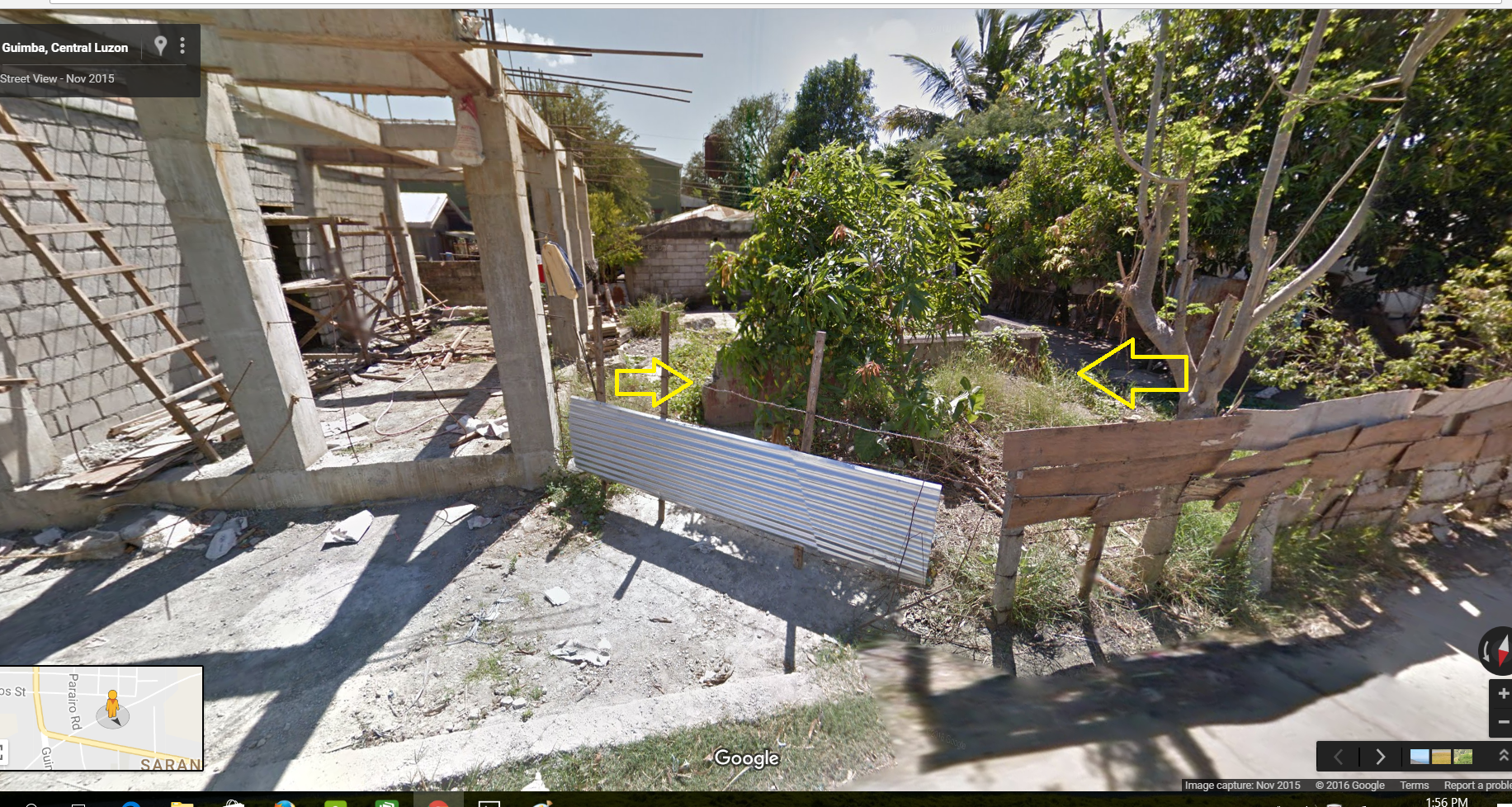Guimba's Local Cuisine And Must-try Dishes
Share
Guimba, a charming municipality in the province of Nueva Ecija, Philippines, is not only known for its rich agricultural landscape but also for its vibrant local cuisine. The culinary offerings here reflect the cultural heritage and agricultural bounty of the region. If you find yourself in Guimba, indulging in the local dishes is a must. This article will guide you through the flavors, ingredients, and must-try dishes that define Guimba's culinary scene.

The Essence of Guimba's Cuisine
Guimba's local cuisine is characterized by its use of fresh, locally sourced ingredients. The region's agricultural output, including rice, vegetables, and livestock, plays a significant role in shaping the flavors of its dishes. The cooking methods often reflect traditional Filipino practices, with an emphasis on communal dining and sharing.
Key Ingredients
- Rice: As a staple food in the Philippines, rice is a central component of every meal in Guimba. The region is known for its high-quality rice varieties.
- Vegetables: Fresh vegetables are abundant, with local markets offering a variety of seasonal produce.
- Meat and Seafood: Pork, chicken, and fish are commonly used in local dishes, often marinated and grilled or stewed to enhance their flavors.
- Herbs and Spices: Traditional Filipino herbs like garlic, onion, and ginger are frequently used to add depth to dishes.
Must-Try Dishes in Guimba
1. Sinigang na Baboy
Sinigang na Baboy is a classic Filipino sour soup made with pork, tamarind, and a variety of vegetables. The tangy flavor is refreshing and is perfect for the warm climate of Guimba. This dish is often served with steamed rice and is a favorite among locals.
2. Kare-Kare
Kare-Kare is a rich and hearty stew made with oxtail, tripe, and a thick peanut sauce. It is typically served with bagoong (fermented shrimp paste) on the side, adding a salty contrast to the dish's creamy texture. This dish is a staple during celebrations and family gatherings.
3. Lechon Kawali
Lechon Kawali is deep-fried crispy pork belly that is tender on the inside and crunchy on the outside. Served with a side of liver sauce or vinegar, this dish is a favorite for special occasions and gatherings.
4. Pancit Habhab
Pancit Habhab is a unique noodle dish served on a banana leaf. It features stir-fried noodles with a mix of vegetables, meat, and sometimes seafood. The dish is often eaten without utensils, adding to its rustic charm.
5. Halo-Halo
For dessert, Halo-Halo is a must-try. This popular Filipino dessert is a refreshing mix of crushed ice, sweetened fruits, jellies, and topped with leche flan and ube (purple yam). It’s the perfect treat to cool down after a day of exploring Guimba.
Best Time to Visit Guimba
The best time to visit Guimba is during the dry season, which typically runs from November to April. During this period, the weather is generally pleasant, making it ideal for outdoor activities and exploring the local markets. Expect temperatures to range from 25°C to 32°C (77°F to 90°F), perfect for enjoying the local cuisine.

Where to Stay in Guimba
When planning your visit, consider booking accommodations that allow you to experience the local culture. There are several hotels and guesthouses in Guimba that offer comfortable stays and easy access to local attractions.
For your convenience, you can book hotels through this link: Hotels & Flights.
Getting There
Guimba is accessible by road, with various transportation options available from nearby cities. Whether you choose to drive or take a bus, the journey offers scenic views of the Philippine countryside.
For your travel needs, consider booking flights through this link: Flights.
Local Markets and Food Stalls
One of the best ways to experience Guimba's local cuisine is by visiting its bustling markets and food stalls. Here, you can find fresh produce, local delicacies, and street food that reflect the region's culinary heritage. Don't miss the chance to try local snacks like Turon (banana lumpia) and Bibingka (rice cake).
Cultural Significance of Food in Guimba
Food in Guimba is more than just sustenance; it is a reflection of the community's culture and traditions. Meals are often shared among family and friends, emphasizing the importance of togetherness. Festivals and celebrations frequently feature traditional dishes, showcasing the region's culinary heritage.
Conclusion
Guimba's local cuisine offers a delightful array of flavors and dishes that capture the essence of Filipino culture. From savory stews to refreshing desserts, the culinary landscape is rich and diverse. Whether you're a food enthusiast or simply looking to indulge in authentic local flavors, Guimba has something to offer every palate.
As you plan your visit, remember to immerse yourself in the local food scene, explore the markets, and savor the must-try dishes that make Guimba a unique culinary destination. Don't forget to book your accommodations and flights to ensure a smooth and enjoyable trip. Happy eating!




